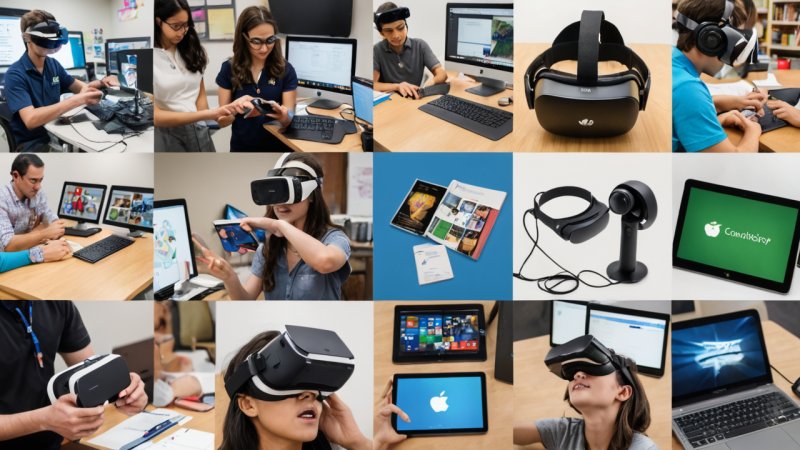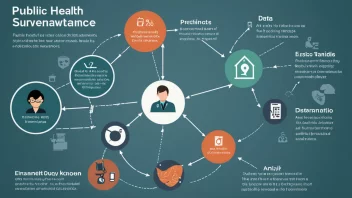Introduction
In today's fast-paced world, the intersection of engineering and education technology is reshaping how we learn and teach. This article will guide you through the key ways engineering innovations are enhancing educational tools, making learning more accessible, interactive, and effective. By the end of this guide, you will have a clearer understanding of the transformative impact of engineering on education technology.
Step 1: Understanding the Role of Engineering in Education Technology
Before diving into specific technologies, it’s essential to grasp the foundational role engineering plays in education. Engineering principles help in designing systems and tools that address educational challenges. This includes everything from software applications to hardware devices.
Key Areas of Impact
- Software Development
- Hardware Engineering
- Data Analysis
- User Experience (UX) Design
Step 2: Exploring Innovative Tools and Platforms
Engineering has led to the creation of various tools that enhance learning experiences. Here are some notable examples:
Learning Management Systems (LMS)
LMS platforms like Moodle and Blackboard allow educators to deliver content, track student progress, and facilitate communication. Engineers focus on creating user-friendly interfaces and robust back-end systems.
Interactive Learning Apps
Applications like Kahoot! and Quizlet use engineering principles to create engaging quizzes and flashcards that promote active learning.
Virtual and Augmented Reality (VR/AR)
Engineers are at the forefront of developing VR and AR technologies that provide immersive learning experiences, allowing students to explore complex concepts in a virtual environment.
Step 3: The Importance of Data in Education
Data analytics plays a crucial role in education technology. By leveraging engineering techniques, educators can analyze student performance and tailor instruction to meet individual needs.
Data-Driven Decision Making
- Collect Data: Use tools to gather data on student engagement and performance.
- Analyze Trends: Identify patterns that can inform teaching strategies.
- Implement Changes: Adapt curricula based on data insights to improve learning outcomes.
Step 4: Collaboration Between Engineers and Educators
Successful education technology relies on collaboration between engineers and educators. Here’s how to foster this partnership:
Building Effective Teams
- Encourage open communication between technical and educational staff.
- Organize workshops and training sessions to align goals.
- Involve educators in the design process to ensure tools meet classroom needs.
Step 5: Future Trends in Educational Engineering
As technology evolves, so does the potential for engineering in education. Here are some trends to watch:
Artificial Intelligence (AI)
AI can personalize learning experiences, providing tailored resources and support based on individual student needs.
Blockchain in Education
Blockchain technology can enhance the security of academic records and streamline credential verification processes.
Conclusion
Engineering is a driving force behind the advancements in education technology, enabling more effective and engaging learning experiences. By understanding the role of engineering, exploring innovative tools, leveraging data, fostering collaboration, and keeping an eye on future trends, educators can harness these technologies to transform education. Embrace the changes and continue to adapt to the evolving landscape of education technology.






